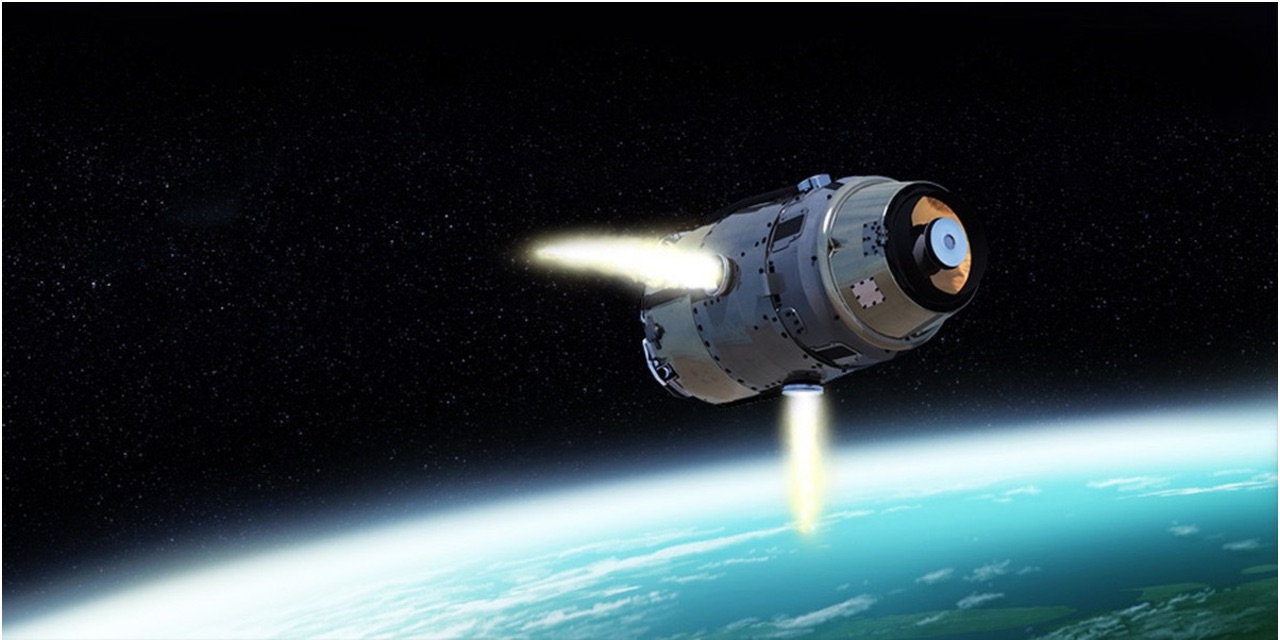US Military Develops 'Multi-Object Kill Vehicle' to Blast Enemy Nukes

Defensive weapons that can intercept and destroy enemy missiles before they can harm the United States or its allies have been a key part of military strategy for decades, but the rules of the game are changing.
More countries have or are developing long-range missile technology, including systems that can carry multiple warheads, known as Multiple Independently Targetable Re-entry Vehicles (MIRVs) and/or decoys.
"Both China and Russia possess the MIRV capability for their ballistic missiles. In 2014, reports confirmed that Iran too had developed Multiple Re-entry Vehicles (MRVs) for their ballistic missiles. Cold War literature suggests that MIRVs are first strike weapons and could be strategically destabilizing," independent consultant Debalina Ghoshal wrote in a June 2016 report for the Federation of American Scientists.
"The United States realizes these threats and is working towards a robust missile defense system," she said.
RELATED: The Outer Space Treaty Promised Peace In Space
Last year, the U.S. Missile Defense Agency awarded contracts to Raytheon, Lockheed-Martin and Boeing to begin designing what is known as a "Multi-Object Kill Vehicle" or MOKV, which could destroy several objects in space with a single launch.
"Ten years ago, we had a single kill vehicle on a single interceptor. Kill vehicles today are the size of a toaster … This MOKV program is the latest iteration," John Pike, director of GlobalSecurity.org, told Seeker.
Get the Space.com Newsletter
Breaking space news, the latest updates on rocket launches, skywatching events and more!
Raytheon's plan, which is scheduled for a concept review in December, is to load multiple MOKVs onto a single missile for launch. Each MOKV would be outfitted with sensors, a steering and propulsion system and communications equipment that will allow them to zero in on an individual target and hit it, destroying the object by sheer kinetic forces.
The impacts would take place beyond Earth's atmosphere, but on a trajectory that would send the resulting cloud of debris back into the atmosphere, where it burn up, Pike said.
RELATED: Is Russian Mystery Object a Space Weapon?
A major technological challenge is figuring out how to differentiate between bombs and decoys, such as balloons that look like they might have a hydrogen bomb aboard.
The military hopes to begin proof-of-concept demonstrations late next year and a non-intercept flight test in 2018. If successful, the Missile Defense Agency would conduct an intercept test in 2019.
Originally published on Seeker.
Join our Space Forums to keep talking space on the latest missions, night sky and more! And if you have a news tip, correction or comment, let us know at: community@space.com.

Irene Klotz is a founding member and long-time contributor to Space.com. She concurrently spent 25 years as a wire service reporter and freelance writer, specializing in space exploration, planetary science, astronomy and the search for life beyond Earth. A graduate of Northwestern University, Irene currently serves as Space Editor for Aviation Week & Space Technology.











